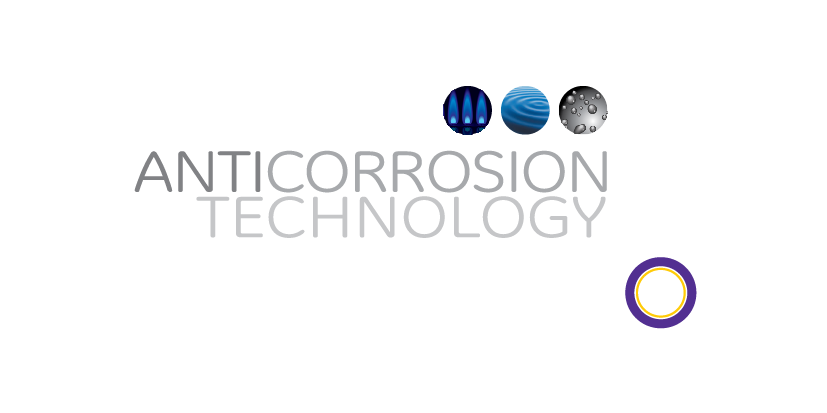STOPAQ
ACT’s promise is to introduce innovative & engineered solutions with the aim to develop industries, improve economy and protect people and the environment. STOPAQ® is one of those solutions. STOPAQ® is specified and widely used around Australia, New Zealand, PNG and the world. When compared to other conventional coating systems, STOPAQ® has unique properties which distinguishes it from its competitors.
Unique properties
- STOPAQ® is a pure Polyisobutene (PIB) homo-polyolefin that is a fully inert, amorphous, monolithic, water displacing corrosion protective coating;
- STOPAQ® relies purely on molecular adhesion to both metallic and nonmetallic substrates with minimal surface preparation conforming to St2 or St3 standards. A clean, dry, intact substrate with no mechanical profile should be sufficient to achieve full adhesion without the aid of any adhesive promoters (primers) to provide full corrosion protection, unlike conventional coatings and greasy tape wraps;
- STOPAQ’s® visco-elastic functionality and anti-aging properties will ensure that the material will keep cold flowing providing a constant environmental barrier (impermeable to moisture and gases) to the substrate without ever tearing, shearing or peeling off at any temperature ranging from -45°C to +120°C for the life of the asset;
- STOPAQ® is 100% environmentally friendly and easy to apply, making it far safer, quicker and cheaper to install with no interruptions to the Asset Owner’s daily operational work flow;
- STOPAQ’s® cold flow technology and self-healing properties guarantee long-term corrosion protection performance;
- STOPAQ® is far more cost effective to apply and maintain throughout the service life expectancy of the asset.
Applications
Here is a list of applications where STOPAQ® corrosion prevention solutions outperform (yet again) any other conventional coating system (both for new and rehabilitation projects):
- New pipeline projects including field joints and pipe spool connections such as bends, elbows, tees, reducers etc. for above-ground and below-ground services;
- Operating pipelines – complete rehabilitation of pipelines operating from -45°C to +120°C (application depending) for above-ground and below-ground services;
- Above-ground flanges (flange face interface + nuts & bolts only or full encapsulation), below-ground flanges (full encapsulation) and subsea flanges (full encapsulation);
- Onshore and offshore steel structures such as pipe supports, I-Beams, tank roofs, unmanned platforms etc.;
- Splash zone and subsea protection of jacket legs, risers, wharf piles, dolphin structures etc.;
- Condensing “sweating” pipelines operating from -20°C to +50°C;
- Corrosion under insulation -45°C to +120°C;
- Road and rail crossings;
- Lifetime solution to factory applied mainline coatings.
Benefits
There are many application efficiencies and cost-effective benefits to ExxonMobil and it's Contractors when it comes to applying STOPAQ® such as:
- no blasting required;
- no priming;
- no preheating;
- no post heating;
- no waiting time (for curing between coats);
- no wasted material;
- no environmental harm or risk;
- no mess;
- no special machinery, tools or safety gear;
- no special skilled labour;
- no safety issues for the applicators;
- no material expiry date i.e., unlimited shelf life.
Let’s work together
Now that you know the basis as to why STOPAQ® materials are best suited for almost all environments and applications, we’d love to hear back from you with information about the potential application(s) that you are considering the use of STOPAQ® for. The ACT Technical Team will then be able to assist you with the following complimentary services to ensure you benefit from a substantial cost saving/reduction in your current rehabilitation project, as well as the overall maintenance campaign expenditure going forward:
- Further qualifying the application, if required;
- Recommending the appropriate STOPAQ® system;
- Supplying all the relevant technical data sheets and supporting documentation and case studies;
- Detailing the fit for purpose application procedure;
- Calculating material quantities; and
- Providing budget pricing.













